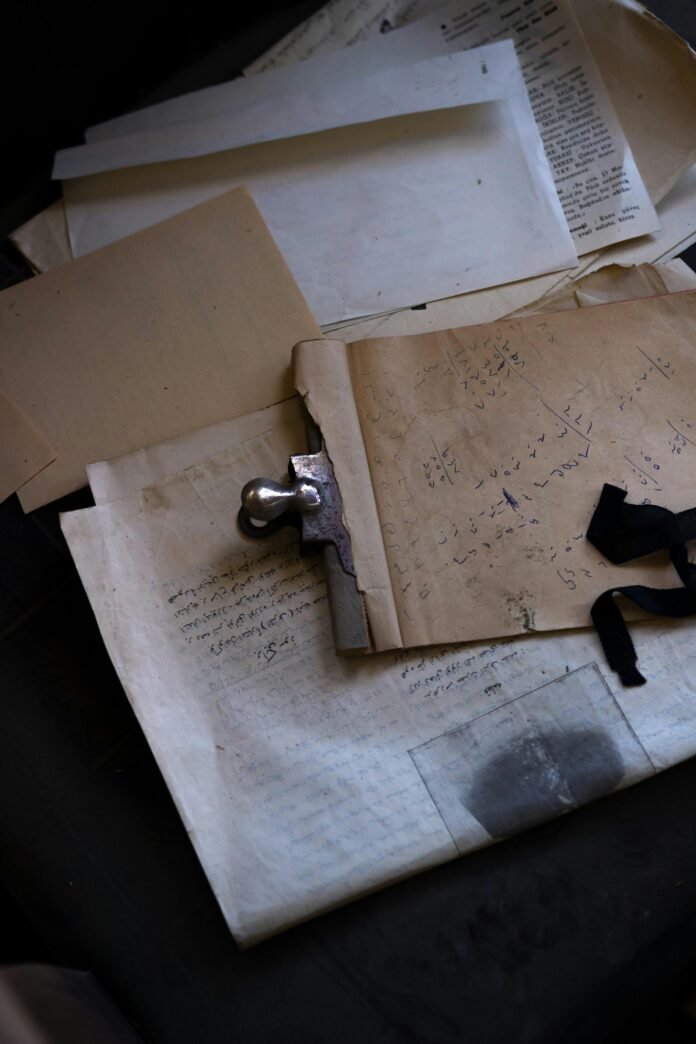From historical manuscripts and family records to significant financial files, every protected document tells stories that digital copies can’t replicate. Unfortunately, time, environmental factors, and accidents often damage these precious pieces. In this situation, expert restoration of old documents becomes essential, offering a lifeline to revive and preserve these invaluable records for future generations. This guide delves into the meticulous processes, techniques, and importance of document restoration, shedding light on how these expert practices ensure that our physical history remains accessible and intact for years to come.
The Art and Science Behind Document Restoration
Document restoration is a meticulous process that combines both traditional craftsmanship and cutting-edge technology. The goal is to return damaged documents to a state as close to their original condition as possible, preserving their historical value and integrity. This involves various techniques, including cleaning, repairing, and stabilizing the paper and its contents.
Understanding the Importance of Restoration of Old Documents
The restoration of old documents is essential for multiple reasons. For historians and archivists, these documents provide an invaluable glimpse into the past, offering insights into social, economic, and cultural aspects of earlier times. For individuals, they hold sentimental value, connecting them to their ancestry and personal history. Restoring these documents prevents the permanent loss of such irreplaceable information and memories.
Common Types of Damage to Old Documents
Old documents can suffer from various types of damage. Environmental factors like humidity, temperature fluctuations, and exposure to light can cause significant deterioration. Physical damage can result from handling, accidents, or pests. Common issues include:
- Water Damage: Floods, leaks, and high humidity can cause paper to warp, stain, and become fragile.
- Fire and Smoke Damage: Exposure to fire can char documents, while smoke can leave residues that discolor and deteriorate paper fibers.
- Mold and Mildew: Poor storage conditions often lead to mold growth, which can stain and weaken paper.
- Pest Damage: Insects and rodents can chew through paper, leaving holes and excrement stains.
- Physical Wear and Tear: Over time, handling can cause tears, folds, and other physical damage.
Initial Assessment and Planning
Before the restoration process begins, a thorough assessment of the document’s condition is essential. This involves identifying the type and extent of damage, understanding the paper’s composition, and determining the most suitable restoration techniques. Experts carefully plan each step to ensure the document’s integrity and historical value are preserved.
Cleaning Techniques for Old Documents
Cleaning is a critical first step in the restoration process. Removing dirt, dust, and other surface contaminants is essential to prevent further deterioration. Techniques include:
- Dry Cleaning: Using brushes, erasers, and other tools to gently remove surface dirt.
- Wet Cleaning: Employing water and solvents to remove stains and residues, though this must be done cautiously to avoid further damage.
- Vacuuming: Using specialized vacuum systems to remove loose particles without disturbing the paper.
Repairing Tears and Holes
Repairing physical damage like tears and holes requires precision and expertise. Techniques include:
- Japanese Tissue Repair: Using thin, strong Japanese tissue paper and wheat starch paste to mend tears.
- Parchment Repair: For older, more delicate documents, parchment is used for repairs due to its durability.
- Heat-Set Tissues: Using heat-activated adhesive tissues to bond and repair damaged areas without introducing moisture.
Deacidification and Stabilization
Old paper often becomes acidic over time, leading to brittleness and discoloration. Deacidification involves neutralizing the acids within the paper to prevent further deterioration. This is usually achieved through the application of alkaline solutions. Stabilization ensures that the document remains in good condition for as long as possible, often involving protective enclosures and controlled storage environments.
The Role of Technology in Document Restoration
Modern technology plays a significant role in the restoration of old documents. Techniques like thermal vacuum drying, ionized air washing, and digital imaging are invaluable tools. Thermal vacuum drying removes moisture without causing further damage, while ionized air washing cleans without physical contact. Digital imaging preserves a digital copy of the document, ensuring that the information is accessible even if the physical document degrades over time.
Challenges in Document Restoration
Restoring old documents is not without challenges. Each document presents unique problems, requiring tailored solutions. The process is time-consuming and requires a deep understanding of both historical context and material science. Balancing the need to preserve the document’s authenticity with the necessity of repair is a delicate act.
Preservation After Restoration
Once restored, maintaining the condition of old documents is crucial. Proper storage conditions include:
- Climate Control: Maintaining stable temperature and humidity levels to prevent further deterioration.
- Protective Enclosures: Use acid-free folders, boxes, and sleeves to protect against physical damage and environmental factors.
- Minimal Handling: Limiting direct handling to reduce wear and tear, often using digital copies for regular access.
The restoration of old documents is a vital practice that bridges the past and present, preserving historical and personal narratives for future generations. Companies like AGI(Approved Group International) offer comprehensive document and media restoration services, employing both traditional and cutting-edge methods to address damage caused by fire, water, mold, and other environmental factors. Contact AGI to ensure that most severely damaged documents can be revived and maintained for posterity, safeguarding our shared history.











